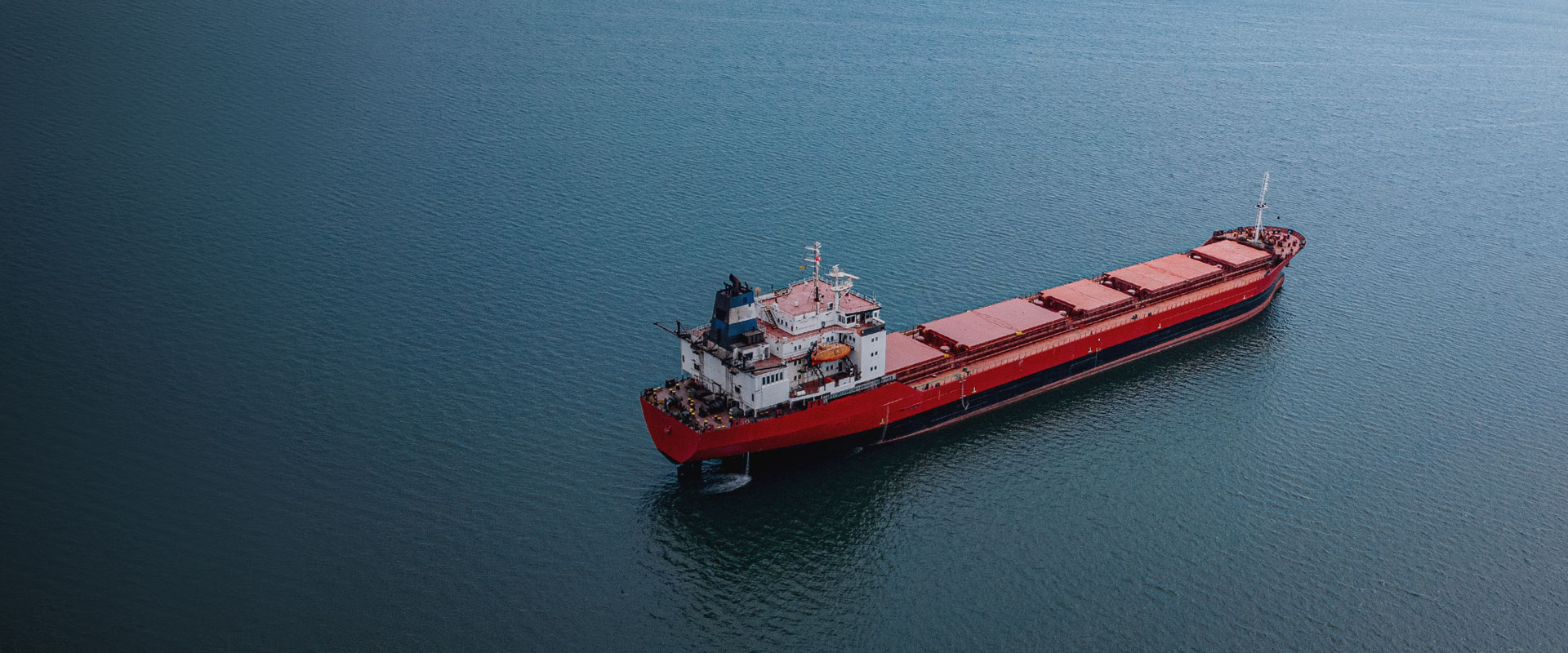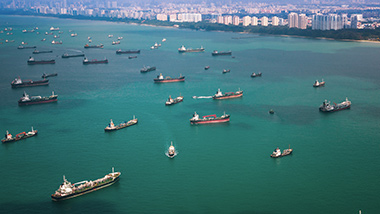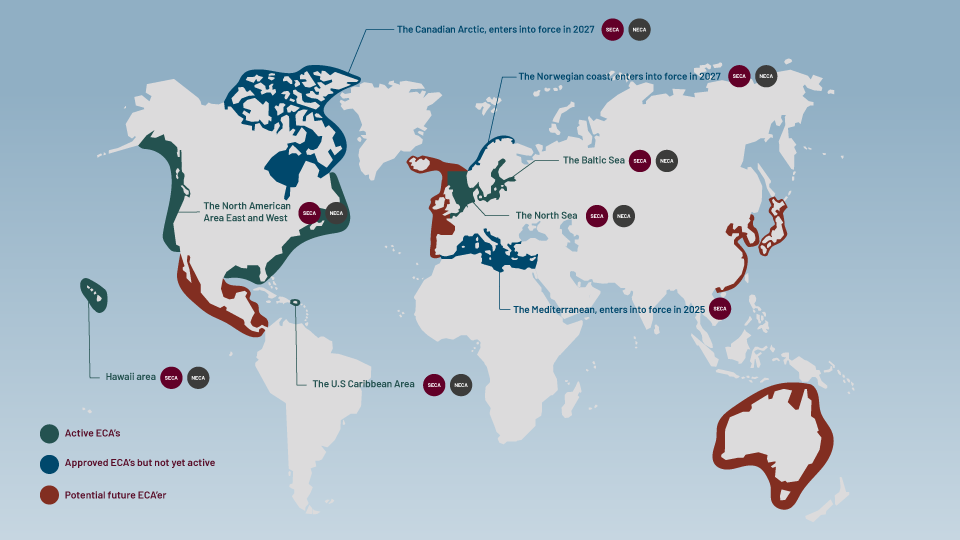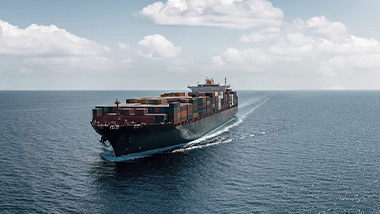There are several ways to comply with the requirements set out in MARPOL Annex VI. These are detailed below.
To comply with the SOx content limits and to meet the Tier standards that apply to NOx emissions, ships can integrate various solutions and technologies:
Compliance with MARPOL Annex VI: Certificates required, sanctions set by flag and port states
To demonstrate compliance with the requirements on NOx emissions and SOx content, ships must obtain an Engine International Air Pollution Prevention (EIAPP) certificate and an International Air Pollution Prevention (IAPP) Certificate.
The requirements set out in MARPOL Annex VI are statutory requirements. This means that these certificates are issued on behalf of a specific flag authority with the implication that if a ship changes flag, the IAPP and EIAPP certificates must be reissued by the new flag State. Recognised organisations can provide the certificates on behalf of the respective flag.
The IMO has not established any sanctions or penalties for non-compliance with the requirements of the MARPOL Annex VI. Sanctions and penalties are instead determined by individual Parties to MARPOL, such as flag and port States.
Decarbonising through the Annex VI
MARPOL Annex VI was originally adopted with the primary purpose of reducing air pollution from shipping. In recent years, the aim of Annex VI has been extended and does now also include a significant focus on the reduction of GHG emissions, thereby contributing to the IMO GHG Strategy.
In 2021, the IMO adopted a new amendment to MARPOL Annex VI, which requires ships to improve their energy efficiency and reduce fuel consumption to lower GHG emissions. In that way, the new amendment provides an important building block for future GHG reduction measures for shipping.
In connection with the adoption of the amendment, then Secretary-General of the IMO Kitack Lim stated: "The path to decarbonisation is a long, but also a common path in which we need to consider and respect each other's views. We have made a considerable amount of progress since the start of our journey".
The amendment requires all ships to calculate their Energy Efficiency Existing Ship Index (EEXI) along with their technical efforts to improve their energy efficiency and to establish their annual operational carbon intensity indicator (CII).
Based on the CII data, a carbon intensity rating is assigned to the ship, from A to E (A being the best):






